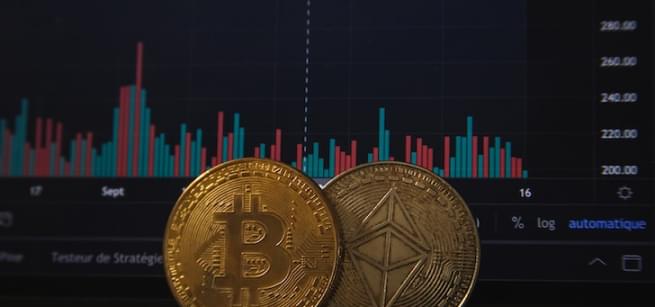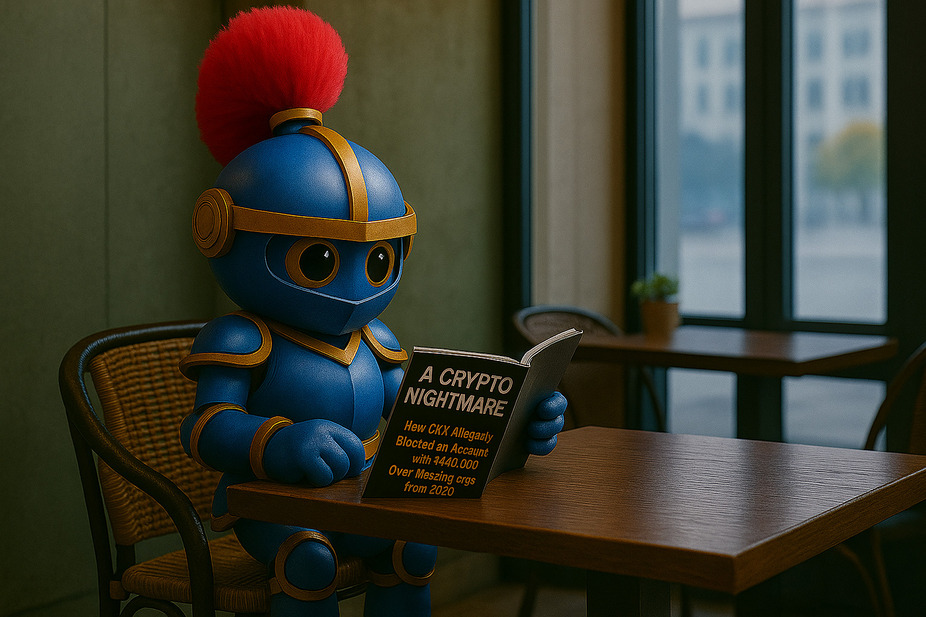USD Coin
Download Ironwallet app and get tool for making transaction without network fee
About USDC
USD Coin (USDC) is a stablecoin backed by the US dollar, making it a digital representation of the dollar. Launched in 2018, USDC aims to combine the creditworthiness and price stability of the US dollar with blockchain technology’s efficiency and global reach. As cryptocurrencies continue permeating finance, stablecoins like USDC may become the backbone of a more inclusive global economy.
A Brief History of USD Coin
USD Coin (USDC) was launched in 2018 as a stablecoin pegged to the US dollar. It was developed by the CENTRE consortium, co-founded by cryptocurrency exchange Coinbase and payments company Circle. The goal was to create a cryptocurrency that provided the stability of the dollar along with the operational efficiency of blockchain technology and digital assets.
Unlike other popular stablecoins like Tether that relied on opaque reserve backing, USDC aimed for increased transparency. It is backed by fully reserved assets, with Circle and Coinbase acting as stewards. USDC reserves are subject to monthly attestations by independent audit firms. This model helped build trust in USDC as a reliable stablecoin.
Since its launch, USDC has seen impressive growth as more cryptocurrency companies and decentralized finance (DeFi) applications have integrated support. It is now one of the most widely used dollar-pegged stablecoins. As of September 2023, USDC has a market capitalization of over $50 billion, cementing its place as a leading stablecoin.
Looking ahead, USDC aims to further accelerate mainstream adoption of digital currencies. Its backers hope that the stability and transparency of USDC will make it a preferred option for payments, remittances, trading, and holding value in the evolving digital asset landscape. Although regulatory uncertainty remains, the USDC stablecoin model shows promise for the future of digital money.
How USD Coin works
USD Coin (USDC) is a stablecoin whose value is pegged 1:1 to the U.S. dollar. This allows individuals and institutions to store, send, and receive a digital asset with the same stable value as physical cash.
USDC is an ERC-20 token issued on the Ethereum blockchain. It leverages the efficiency and speed of cryptocurrency systems while minimizing volatility. To maintain the peg, USDC issuers hold equal reserves of U.S. dollars in segregated accounts. This provides confidence that every USDC token is backed by equivalent dollar reserves.
New USDC is minted when authorized partners deposit U.S. dollars into the issuer’s bank accounts. Once verified, an equal amount of USDC tokens are issued on the blockchain. The reverse happens when USDC holders redeem their tokens – the tokens are burned and dollars are wired back to the holder.
This one-to-one exchange between USDC and dollars creates stability amidst the turbulence of the crypto markets. It opens up a world of digital currency use cases from payments to trading. While concerns around transparency and regulation remain, USDC aims to lead by example with regular attestations and compliance best practices.
Overall, the mechanics behind USD Coin combine the speed and security of crypto assets with the familiarity of traditional currency. This model has potential to enable mainstream adoption of digital money if governance and trust can be maintained over time.
How is the Price of USDC Determined?
The price of USDC, or USD Coin, is determined in a different manner than the majority of cryptocurrencies. Unlike Bitcoin or Ethereum, which fluctuate in value based on market conditions and speculative pressures, USDC aims to maintain price parity with the US dollar. This is achieved by a process known as ‘pegging’. Each USDC coin is backed by a real US dollar held in reserve by the coin’s issuing body. If the price of the USDC begins to deviate from $1, mechanisms are activated to buy or sell excess supply and bring the price back in line. This helps maintain the USDC’s stability. Thus, the price of USDC is fundamentally derived from, and anchored to, the value of the US dollar. As a result, USDC serves as a reliable digital form of the dollar, allowing efficient exchange and use of USD value on blockchain networks. Consequently, price volatility, a common challenge in cryptocurrency markets, is mitigated considerably when dealing with USDC. This approach provides much-needed financial stability in a dynamic and often unpredictable digital currency landscape.
Benefits of USDC
Several aspects give USDC a competitive edge compared to other cryptocurrencies. Unlike other digital currencies, whose values are extremely volatile, the USDC boasts a consistent value pegged to the U.S. dollar, providing stability rarely seen in the world of cryptocurrencies. This makes it an ideal choice for investors looking for a reliable store of value and a hedging option during market instability. As a stablecoin, USDC also provides an effective medium of exchange. Transactions are processed quickly, and the costs are much lower than traditional banking systems, making it convenient for global remittances.
Furthermore, being an ERC-20 token, USDC offers interoperability with other tokens on the Ethereum blockchain. This advantage opens up a plethora of risks and opportunities across a wide array of volatile digital assets, paving the way for broad usage and adoption in the decentralized finance (DeFi) world. Whereas Bitcoin, the most widely recognized cryptocurrency, functions primarily as a digital investment or form of ‘gold’, USDC carries the dual benefits of stability and utility, making it an increasingly noteworthy consideration in the crypto space.
USD Coin vs Other Stablecoins
As an alternative to Tether, USDC provided a transparent stablecoin option as the market grew. Both aim to tackle volatility and enhance liquidity often plaguing cryptocurrencies like Bitcoin. However, concerns exist over the breakdown of Tether’s reserves. This increased demand for regulated alternatives.
USDC also competes with other compliant stablecoins like Binance USD and Paxos. Assets backing these stablecoins undergo routine attestations showcasing full dollar reserves too. USDC maintains an edge through its first-mover advantage and usage on multiple chains like Solana and Avalanche.
Usage of USD Coin
USDC adoption continues rising across various use cases. In DeFi, users can earn yields on USDC or utilize it as collateral for borrowing. At forex exchanges, traders use USDC for dollar-backed trades. Even El Salvador uses USDC for citizens receiving remittances in dollars.
Merchants and payment firms like BitPay integrate USDC as well. Its faster settlement provides savings over traditional rails. As ecosystem growth persists, USDC aims for further mainstream reach.
Regulation and Compliance
As a regulated stablecoin, USDC must comply with strict oversight from financial authorities. Centre and Circle are registered as money services businesses with FinCEN. Grant Thornton LLP handles the asset attestations showcasing USDC’s reserves.
These compliance measures provide assurances to partners and users amid growing regulatory discussions around stablecoins. The asset’s transparency and alignment with AML and KYC policies strengthen trust in its operations. Still, debates continue on appropriate stablecoin frameworks balancing innovation with adequate controls.





















